
BIO-DL has been successively building close cooperation relations with some famous companies including Thermo Fisher. We have continuously provided higher quality and more cost-effective products for the users in the world and therefore gained a good reputation.
Product Introduction of Semi-AutomatedSheet Heat Sealer
The Semi-Automated Sheet Heat Sealer is compatible with a wide range of seals and plates of differing designs and heights.
With variable temperature and time settings, sealing conditions are easily optimized to produce a tight seal, eliminating sample loss.
Plate and seal are placed on the holder, the “Operate” button pressed and the drawer automatically closes. The sealing process is controlled by an electric mechanism.
Heat sealers provide a mechanism for controlled plate sealing, eliminating variation and giving consistent sealing every time.
Features of Semi-AutomatedSheet Heat Sealer
Variable time and temperature control
Simple, three button operation
Real-time temperature display
Auto stand-by function and switch-off mode
Compatible with all SBS microplates
Small footprint
RS-232 serial port
SiLA compatible
Benefits of Semi-AutomatedSheet Heat Sealer
Enables optimization of any seal / plate type
Ease of use
Rapid heating element enables fast start-up, saving time
Conserves energy by reducing temperature of heating element down to 60°C or switching off after defined time
Flexibility for wide range of consumables, eg competitor plates
Minimal bench space
Enables full integration within robotic automation systems
Easy integration with SiLA compliant devices using SiLA driver
Instrument reliability
The Semi-Automated Sheet Heat Sealer Is Compatible With A Wide Range Of Seals & Plates Of Differing Designs & Heights Adapters
The Semi-Automated Sheet Heat Sealer employs a unique and cost saving adapter system
Deep well plates and most other skirted plates can be sealed on the standard plate support adapter (59-2001)
For all other 96 well PCR plates, an additional plate support adapter (59-2003, optional extra) must be used
Both adapters can also be combined for easier handling of shallow plates such as 384 well PCR plates.
For best sealing results with Individual Access seals, 8 different adapters are available to offer the perfect plate support and seal alignment
Sealing Aids
For better sealing of films which have a tendency to curl, Azenta offers sealing aids
A sealing frame for use with all other plate designs is supplied when ordering the optional 59-2003 plate support adapter
Plate Formats
The following plate formats can be used with the appropriate plate adapter:
Standard SBS footprint PP & PS plates & deep well blocks
PCR plates (skirted, semi-skirted and non-skirted formats)
Life Science Research
Cell culture: During the cell culture process, a membrane sealer is used to seal cell culture plates, culture bottles, etc. It can effectively prevent external microbial contamination, maintain the sterile state of the culture environment, and maintain stable humidity and gas environment in the culture system, providing good conditions for cell growth and reproduction.
Nucleic acid and protein experiments: During nucleic acid extraction, PCR reaction, protein electrophoresis and other experiments, seal the reaction tube, microplate, etc. with a sealing device. It can avoid sample evaporation and leakage, prevent cross contamination between different samples, and ensure the accuracy and reliability of experimental results.
Enzyme linked immunosorbent assay: In enzyme-linked immunosorbent assay (ELISA) and other experiments, a membrane sealing instrument is used to seal the microporous plate, which helps to maintain the stability of the liquid environment inside the plate, prevent concentration changes caused by liquid evaporation, and affect the sensitivity and repeatability of the experiment.
clinical diagnosis
Sample preservation and transportation: Blood, urine, saliva and other samples collected in clinical testing are often sealed in the sample container using a sealing device during the process of being sent to the laboratory for testing. This can prevent sample leakage, protect the safety of operators and the environment, while ensuring the integrity and stability of the sample, and avoiding changes in sample composition that may affect the detection results.
Immunoassay and molecular diagnosis: In immune assays such as chemiluminescence immunoassay, immunoblotting experiments, and molecular diagnostics such as fluorescence quantitative PCR detection, membrane sealers are used to seal reaction plates or tubes, ensuring the sealing of the reaction system, improving the accuracy and precision of detection, and helping to accurately diagnose diseases.
Food safety testing
Microbial detection: When detecting bacteria, molds, and other microorganisms in food, the sealing instrument can seal the culture dish, microplate, etc., creating a suitable environment for microbial cultivation while preventing the diffusion of microorganisms during the cultivation process and avoiding contamination of the environment and other samples.
Harmful substance detection: When detecting harmful substances such as pesticide residues, veterinary drug residues, heavy metals, etc. in food, the sealing instrument is used to seal the sample processing container and the detection reaction container to prevent external interference during the processing and detection of the sample, ensuring that the detection results can truly reflect the harmful substance content in the food.
Packaging & shipping of Semi-AutomatedSheet Heat Sealer

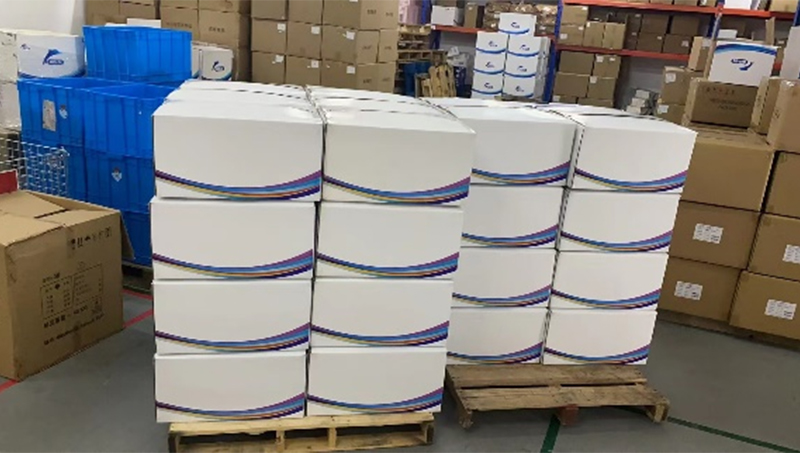
Our Factory
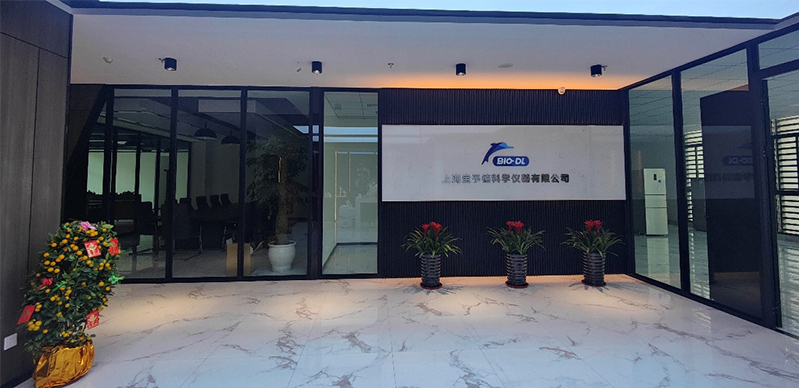
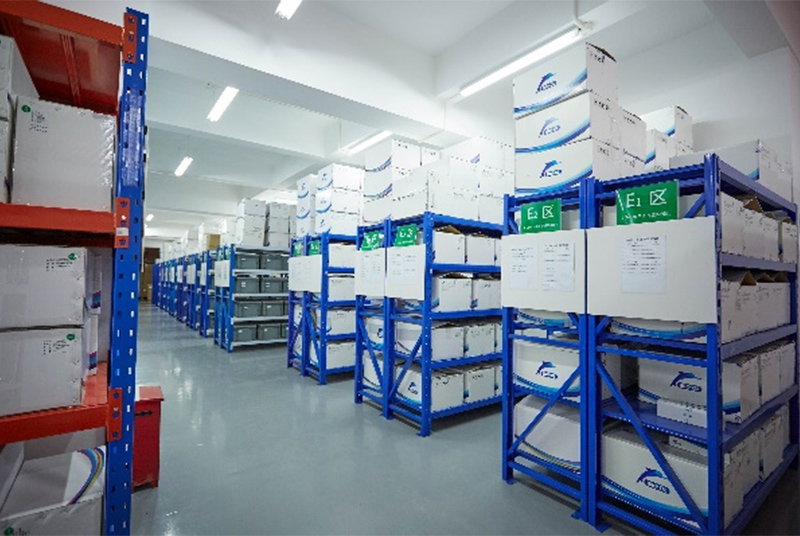
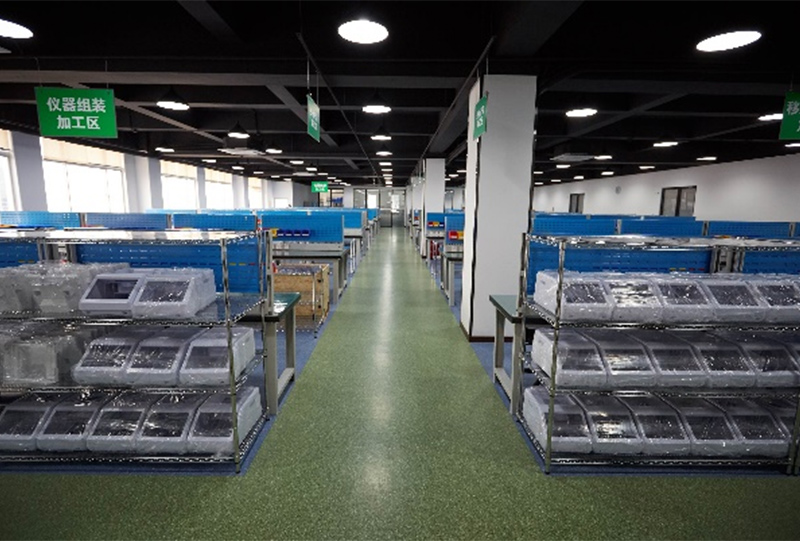
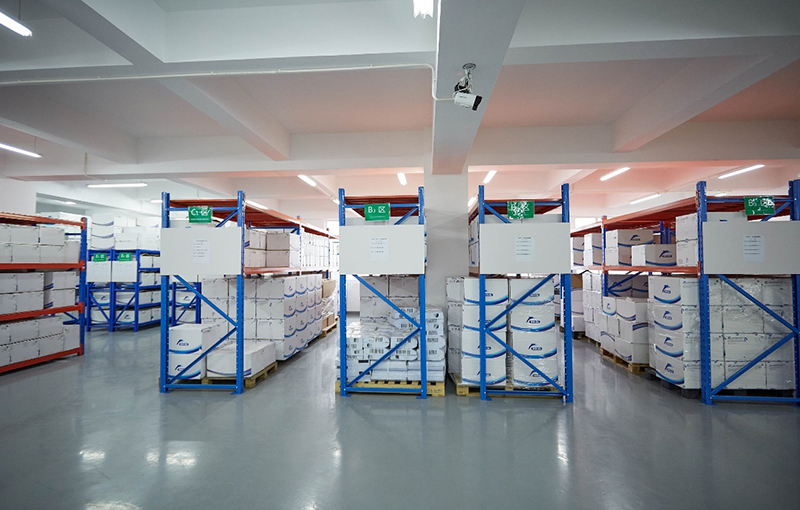
Our Team
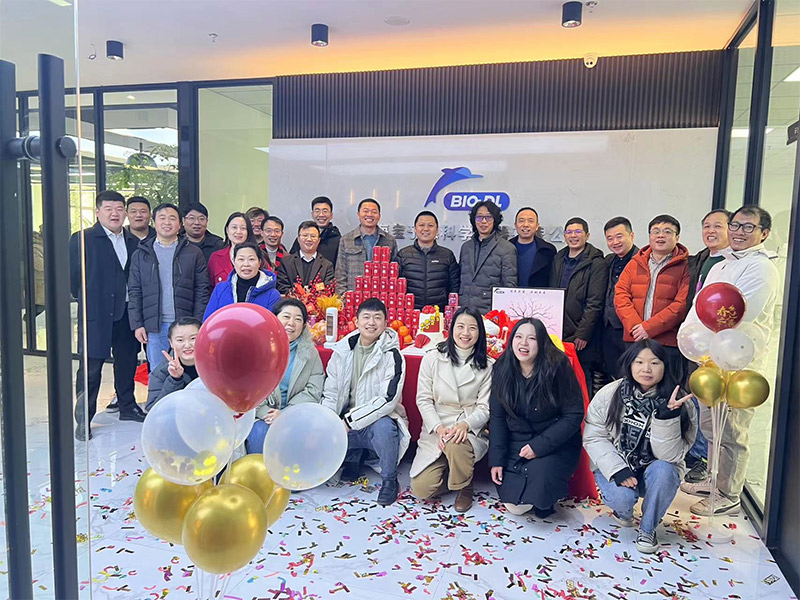

Our Client
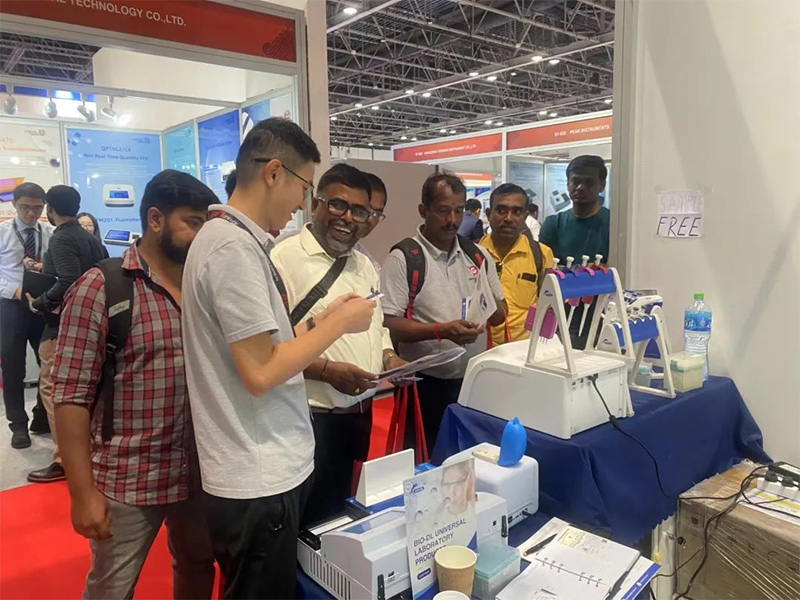
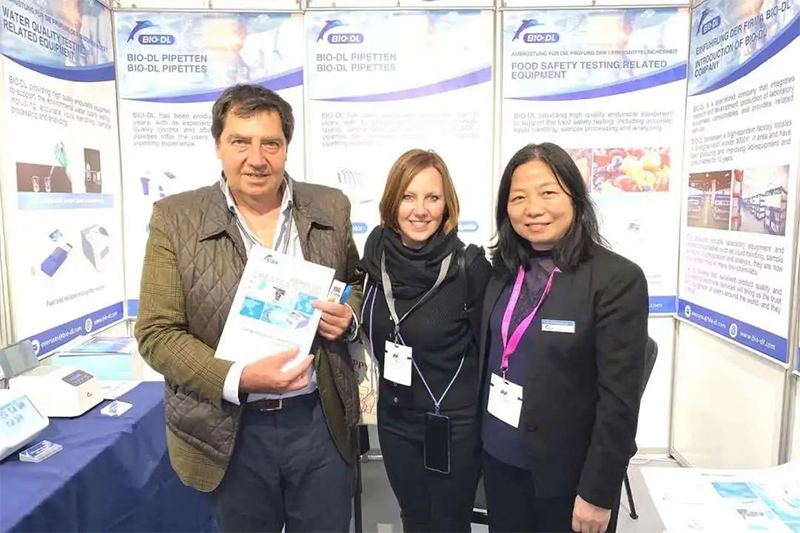
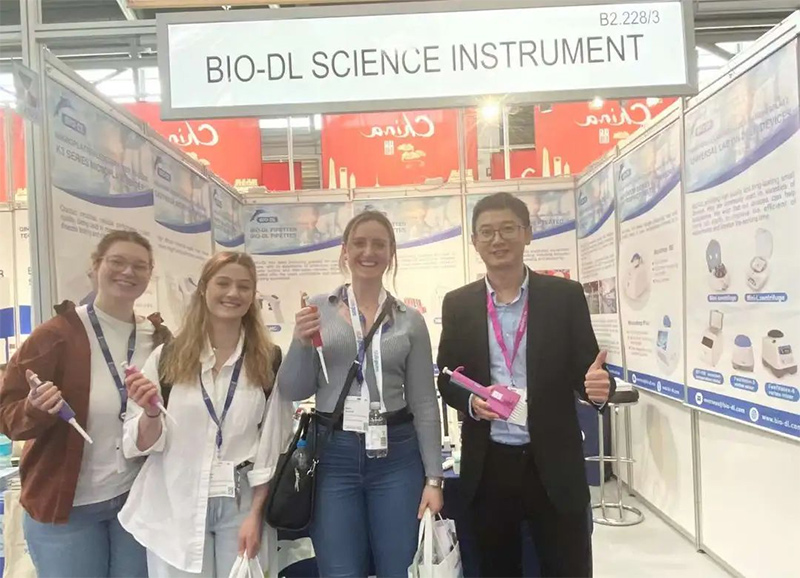
FAQ
Q: How about quality of the goods?
A: All the running products comply with CE standards.
Independent quality inspection team, conducting multiple inspections and random inspections from parts supply to product dispatch.
Q: Is OEM service available.
A: All of the running products are available for OEM customization, including logo and package.